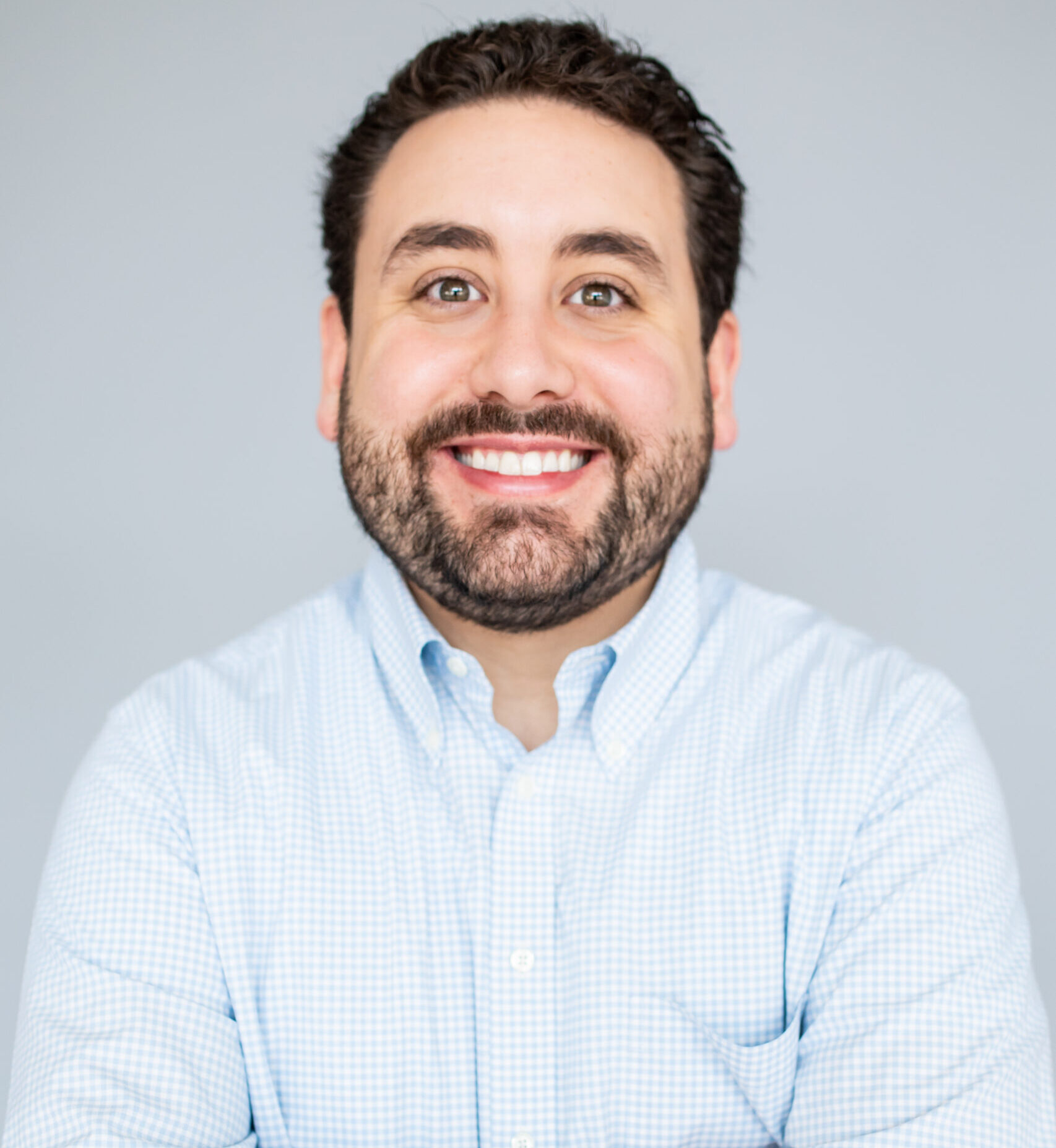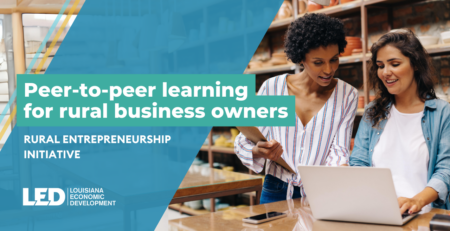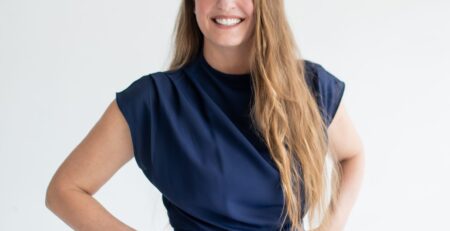written by BIZ Magazine
“BRF’s Entrepreneurial Accelerator Program (EAP) is made up of a team of financial analysts committed to helping launch startups in North Louisiana. The EAP team helps young companies in many different respects.
Stephen Goodfellow has been with EAP for three years. In that time, he has found a niche he enjoys. “I knew I wanted to do something in entrepreneurship,” he said. “Finding ways to help people grow their ideas into full-fledged businesses is a rewarding career. This is the best job I’ve had. It allows me to be creative and analytical.”
Goodfellow said he and the EAP team welcome anyone with a new idea and want to teach them to consider how to turn their dreams into reality, regardless of their experience.
The companies that come to EAP are all at different stages of development. The EAP team has seen it all from A(aquariums)-Z(zoos). Some entrepreneurs bring in a developed product. Some are on their second, possibly even third, idea for a business. Others just want to know what their next step should be. Then, there are those who bring their idea on the back of a napkin. Whatever stage an entrepreneur is in, EAP wants to hear about it and try to get them the help they need to be successful.
The EAP team can help you take the next step. EAP has built a team of resources partners throughout North Louisiana to help entrepreneurs. “Most entrepreneurs excel in their specific field,” Goodfellow said. “But they may not know when they need to hire a lawyer, get general liability insurance, or how to apply for a patent. We can help with that.”
The relationship between EAP and an entrepreneur begins with education, then possibly helping secure funding, but it doesn’t end there.
Before getting started with EAP, analysts will look at your idea to decide whether EAP itself is a good fit for your company. They’ll consider whether the prospective company is developed enough, and if the company can benefit from EAP’s help. Once those questions are answered, then it’s on to the next phase. And if it’s not a fit, don’t worry. EAP will refer you to a resource better suited to meet your needs.
When an entrepreneur is a good fit, EAP analysts will start a lean canvas. It is a one-page business model that helps deconstruct every aspect of the business. “The lean canvas helps identify competitors, how you make money, how you market the product, what your business looks like as a finished product,” Goodfellow said. “In reality, there are going to be so many iterations and so much new information. But it gets people into asking the right questions about their business and understanding the business at a deeper level.”
EAP then starts developing a pro forma, or financial model projection. “A pro forma is what we think a model of the company could look like based on the costs of goods sold and how many units it can sell,” Goodfellow said. “We make a financial model projecting out three to five years for the company by making assumptions about sales and costs.”
Following the pro forma, the next step is to prepare the entrepreneur to seek funding to further develop an idea. An EAP analyst will help the entrepreneur develop a pitch deck presentation that outlines what the company does, what kind of returns it might expect and its growth potential.
With the pitch deck in hand, the EAP team coaches and prepares an entrepreneur to seek funding for the business. But where do those funds come from? EAP considers three primary sources for investment — banks, grants, and investors. It is important to know how each option could potentially help an entrepreneur.
“Banks can be reluctant to give loans to most startups because of the risk profile,” Goodfellow said. “Sometimes they will give a loan to a startup, but most of the time it is based on whether the entrepreneur has enough personal capital to guarantee a loan.” Bank loans are great when you qualify, but they may not be the best fit for some startups.
Grants tend to help only a small number of startups. “If it’s something in medicine or technology, sometimes there are grants for that,” he said. “That’s a rarity for what we typically see. Most startups don’t qualify for that type of funding. The exceptions are if you’re building a medical device, creating a new type of drug, or are a non-profit.”
If an entrepreneur cannot self-finance their business idea, that leaves investors as the leading option for most entrepreneurs. EAP may put certain startups in front of a variety of investors, including angel investors with whom they work closely. “We’re really good at knowing what an investor wants to see and how to best tell the story to investors about what your company does and how it might get a return. This allows us to assist your company in getting capital to finance itself.”
“BRF is the managing member of New Louisiana Angel Fund, a group of angel investors from North Louisiana where investment decisions are made by investors,” he said. “After an initial evaluation some companies may be further reviewed by the Fund’s Due Diligence committee. EAP will present what the financials look like, how the company plans to make money, and a possible return. The investors then decide if they would like to invest in that startup.” This process does not happen overnight and can take anywhere between one to three months.
“Once you have the proof of concept and funding, it’s time to get your company up and running. Take Chasing Aces Golf, a new golf entertainment complex, for example. John Dudley and Randy Rogers came in and sat with our team and basically gave us a run-down of how the facility would function and where they wanted it to be located. They did, and continue to do, a ton of work just to get to the point where they could begin construction,” Goodfellow said.
“We were able to help them with everything from incorporation, to building a pro forma, to creating a pitch deck. It took three years to get to where they are now. The groundbreaking finally took place on February 9. It’s an arduous process, but the EAP team is here for the long run.”
“It wasn’t easy – creating a startup rarely is – but a combination of the Chasing Aces Golf team’s hard work and a whole host of community involvement made the dream possible. A project of its size required input from a lot of different stakeholders. It even included a few visits to the Bossier City Council before they got final approval. All sorts of people needed to work together, and it was nice to see how many people were willing to put in the work to help develop North Louisiana’s economy,” said Goodfellow.
If you have an idea for a startup company or an invention and are looking for help to launch, look no further than Shreveport’s own EAP”.




